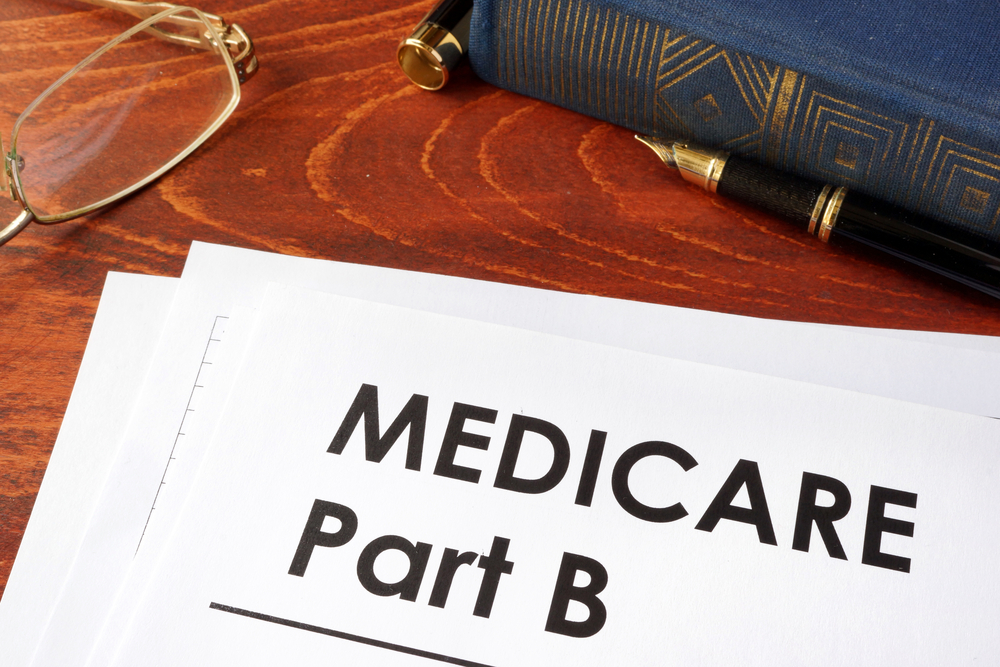Getting coverage for prescription drugs is something that can save beneficiaries thousands of dollars each month. If you currently take prescription medications, then you probably understand that they can be incredibly expensive. Getting prescription drug coverage is one of the best ways to save money and is essential if you’re making regular trips to the pharmacy.
When it comes to Medicare, there are two main ways to get prescription drug coverage. For those that are enrolled in Original Medicare, enrolling in Part D will give them medication coverage. If you’re enrolled in Medicare Advantage, you’ll need to make sure that your policy has that coverage built into it.
Prescription drug coverage is one of the most important parts of health insurance. Ensuring that you’re enrolled in the right policy requires examining both your past and your current health situations. While you may not be taking any medications currently, it’s important to plan for the future and be sure that you have coverage for multiple different situations that could result.
Part D
Part D provides prescription drug coverage for those that are enrolled in Original Medicare. It is organized in a tier system that allows beneficiaries to select the option that makes the most sense for them and their needs. Part D policies are separate from your Original Medicare plan, meaning that having one will not impact the other. If you decide to cancel your Part D policy, then you will still be able to keep your Original Medicare plan. However, this means that you’ll have to pay out-of-pocket for prescription medications, so that’s something that is strongly advised against.
While it is possible that a few medications may be covered by Original Medicare, most medications are not. If you want prescription drug coverage, it is essential that you do not rely on your Original Medicare coverage alone. Doing this could result in large bills, so it’s important that you plan for the future and have the right coverage for multiple different situations.
The different tiers are organized by the amount that medication costs. If you choose a tier that covers higher medication costs, then you will end up paying higher amounts.
The 4 phases
There are 4 phases that exist within Part D. These phases exist so that beneficiaries don’t become financially overwhelmed and Medicare is still able to keep track of where the beneficiary is at. Understanding the stages is essential if you’re just beginning to think about Part D coverage and want to be sure if it’s the right choice for you.
It’s incredibly important for you to keep track of the phase you’re in, making sure that you’re aware of how much you could potentially need to pay if you’re using prescription medications.
The first phase is the deductible period. This is typically towards the beginning of the year before the deductible has been fully reached. How long it takes you to leave this stage will depend on the price of the medications that you use and how often they’re paid for. It’s incredibly important to keep your deductible in mind, as that is an amount that will need to be paid for out-of-pocket. However, it’s not guaranteed that you will need to pay the full amount, so keep that in mind when you’re financially planning for the future.
The next phase is the initial coverage stage. This is when you have access to your full coverage. You will still need to pay the copayment for whatever medications you take. A copayment amount is how much the beneficiary will need to pay out-of-pocket, even with their coverage. You will also need to pay monthly premiums during this time. Premiums are paid out-of-pocket and must be paid regardless of whether or not you use your policy’s coverage during that month.
Keep in mind that the medications you take must be included in your specific plan’s formulary. If you use a medication that’s not within your plan’s coverage, then you will need to pay for that out-of-pocket. If this is the case, you could consider asking the prescribing doctor if there are any alternative medications that are included within your policy’s coverage.
The next stage is called the coverage gap. This occurs when $4,130 has been spent on your policy. When you’re in this stage, it’s most likely that your coverage will change. It’s possible that your plan will be able to pay for less of your prescription drugs. You will most likely end up paying for 25% of your drug costs. Keep in mind that 25% is much lower than the alternative for not having any prescription drug coverage at all. While this stage might seem overwhelming to some, there is an end in sight.
Once you’ve paid $6,550 out-of-pocket, you enter the last stage. During this stage, Medicare will cover the majority of your prescription drug costs and you will most likely be responsible for a copayment or coinsurance. This phase will begin whenever you hit the cap amount out-of-pocket and it will end at the stop of the plan year. If you do reach this amount, know that Medicare will cover an extremely large portion of your costs. However, it is rare for individuals to reach this limit and it is not something that many people face.
Is Part D the right choice for you?
Part D is the right choice for many people. Even if you’re not currently taking any prescription drugs, it’s an excellent way to prepare for the future and make sure that you’re not hit with any high pharmacy bills. If you’re considering whether or not Part D is the right choice for you, it may be helpful to make an appointment to speak with an insurance agent. They’ll be able to analyze your situation and decide what the best course of action is. If you’re currently looking for an insurance agent, you can contact Medicare Peace of Mind, and we’ll find the time when we can discuss your situation.




